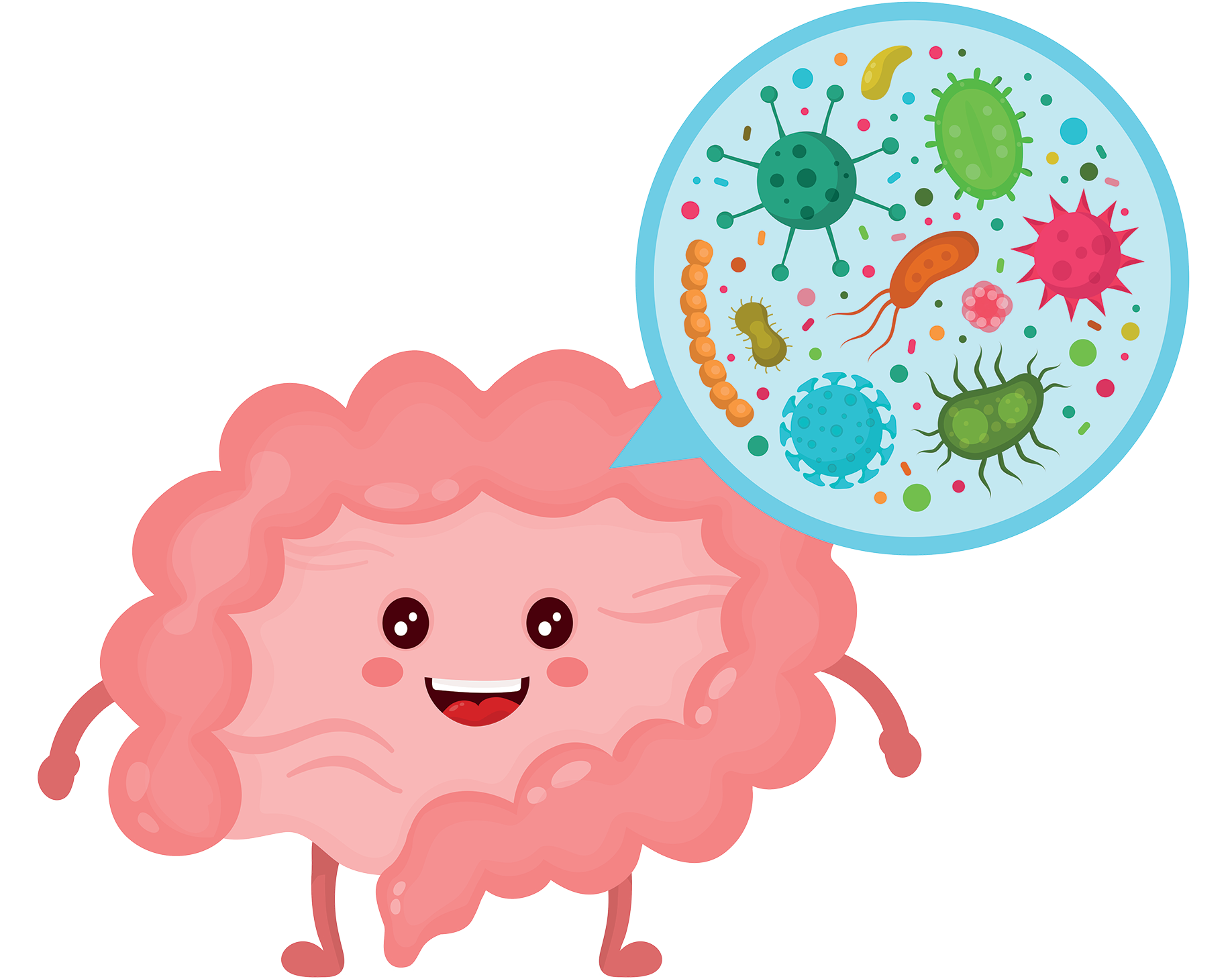
What is the microbiome?
Over the past decade, large science consortia in Europe (Metagenomics of the Human Intestinal Tract; MetaHIT) and the United States (Human Microbiome Project; HMP) have started to acquire big data on the genomic structure and functional properties of microbial communities in healthy and diseased human populations.
While ‘microbiome’ refers to the collective genome of a microbial community, a ‘microbiota’ is a collection of all microbial agents, including bacteria, viruses, fungi and archae, that occupy a particular habitat in the human body. Bacteria overwhelmingly outnumber other microorganisms in the human microbiome by two to three orders of magnitude. Therefore, the microbiota in the human body is sometimes operationally described using bacteria alone. Different body sites, such as the mouth, oesophagus and reproductive organs, have distinct microbiota. A detailed description of the microbiota-host relationship in every body site is beyond the scope of this article, therefore, it will focus on the gut microbiota.
Author: Dr Steven Loo, Professor Tsui Kwok Wing, Stephen

Recent Comments